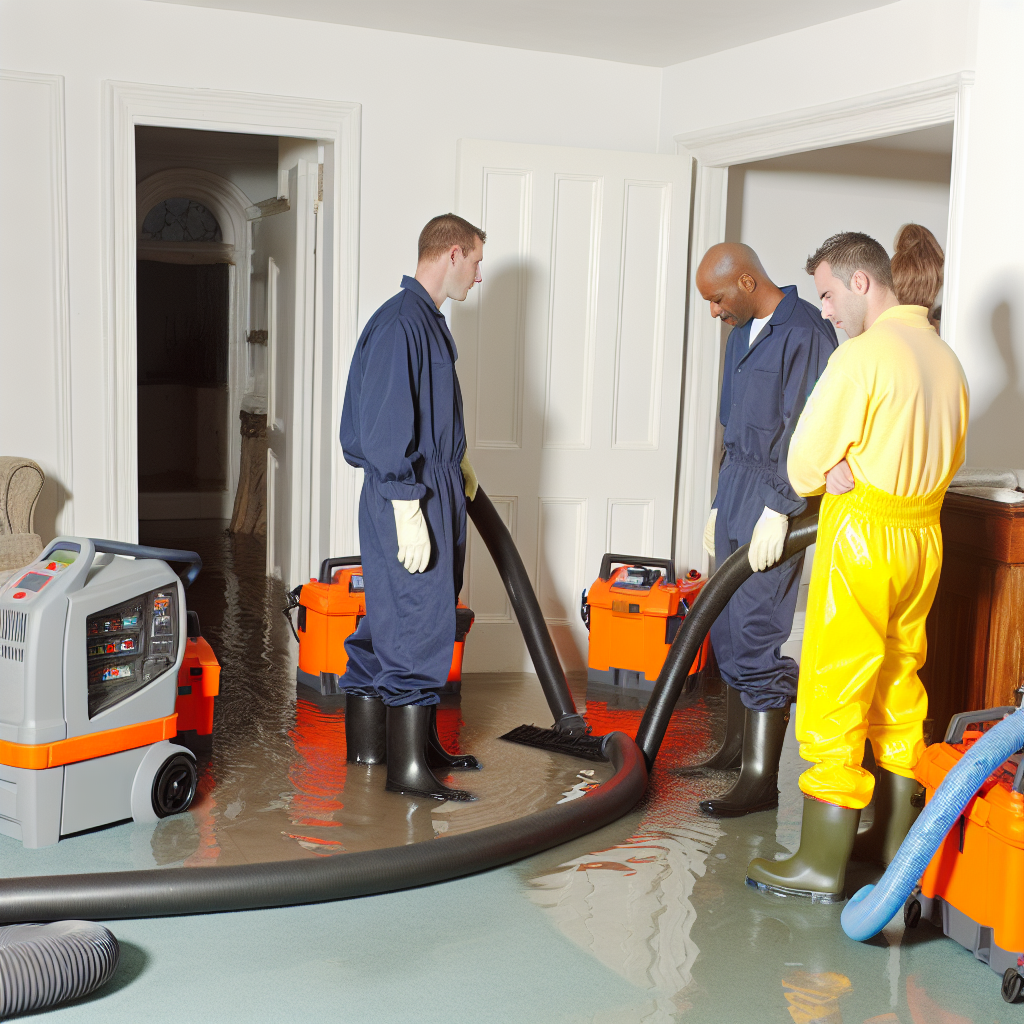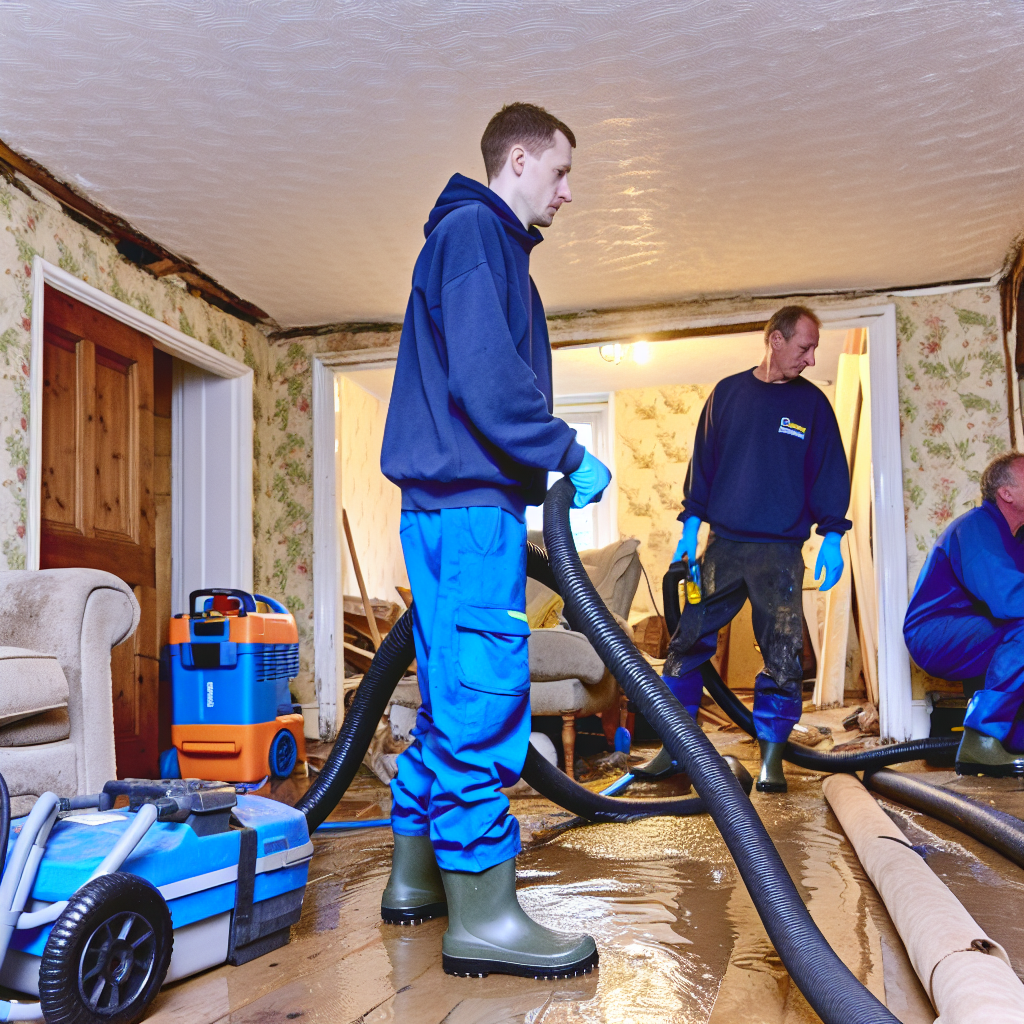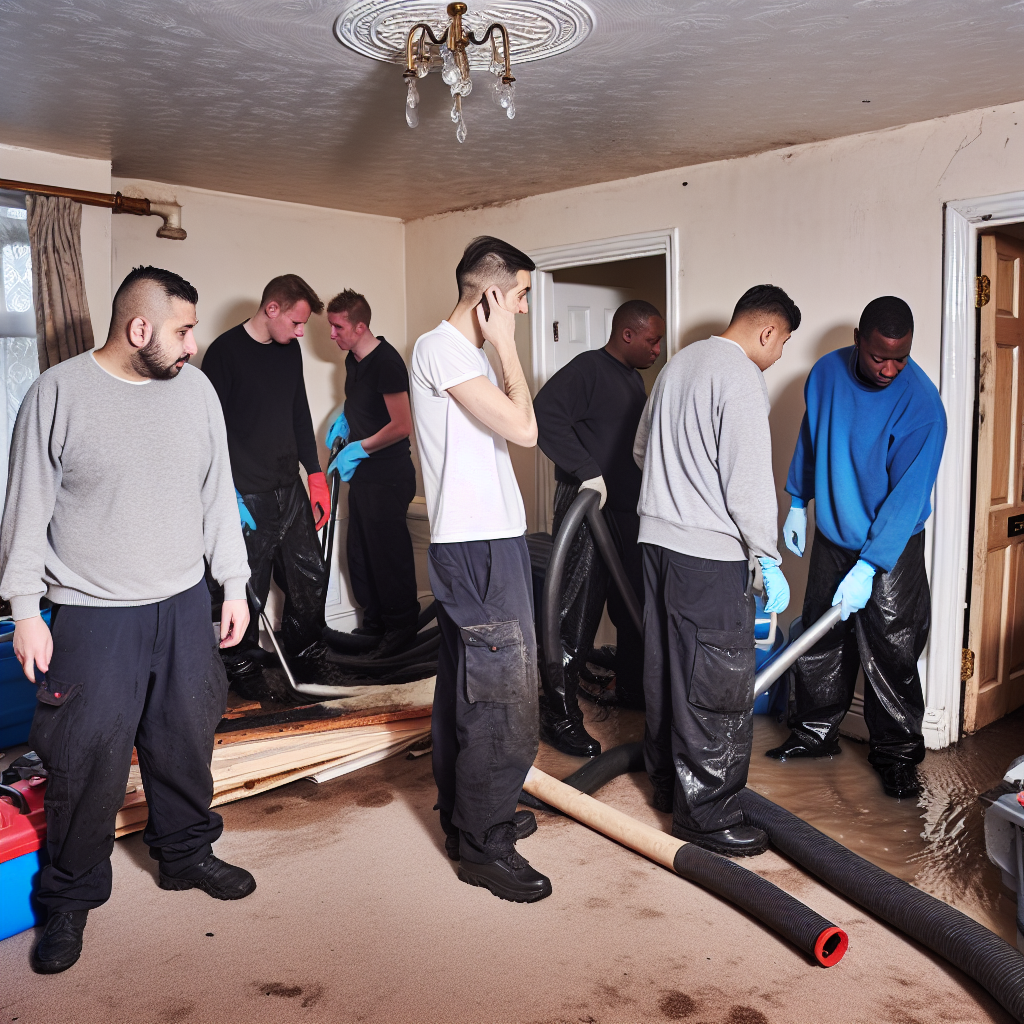Understanding the Essential Steps for Effective Flood Damage Cleanup and Restoration in the UK: A Comprehensive Guide for Property Owners
Faced with the aftermath of a flood, home and business owners often grapple with overwhelming damage and loss. According to the Environment Agency, flooding impacts an estimated 5.2 million properties in England alone, a significant number [1]. Understanding the cleanup and restoration process is a crucial aspect for recovering from such a disaster. This comprehensive guide provides insights on how to embark on this daunting task.
Table of Contents
1. Understanding the Impact of Flood Damage
2. Safety First: Avoiding Hazards in the Aftermath
3. Assessment & Documentation: First Steps in Cleanup and Restoration
4. Water Remediation: Effective Damage Control
5. Restoration and Repair: Rebuilding Post Flood
Understanding the Impact of Flood Damage
When floods occur, they leave a wake of destruction impacting both homes and livelihoods. The UK Government reports that 1 in 6 properties could be at risk from flooding in England [2]. Beyond just immediate physical damage, floods can also cause long-term issues such as damp, mould, and structural instability.
Safety First: Avoiding Hazards in the Aftermath
Floodwaters pose numerous hazards, which can continue to be a threat even after the water has receded. Electrical hazards and structural compromises are common issues. The UK Health and Safety Executive advises turning off electricity, gas, and water supplies as early as possible to minimise the risk of electrocution or explosion [3].
Assessment & Documentation: First Steps in Cleanup and Restoration
An important aspect of flood damage cleanup is to accurately assess and document the damage for insurance purposes. It is important to have a thorough inventory of all damaged items and the estimated cost of repair or replacement.
Water Remediation: Effective Damage Control
Water remediation involves the removal of water and the drying out of the affected area. This is a critical step in the restoration process, because any remaining moisture can lead to further damage and mould growth. Professionals often use industrial-scale equipment to efficiently extract the water and dry out the building.
Restoration and Repair: Rebuilding Post Flood
Restoration involves repairing damage and returning the property to its original state. Depending on the extent of the damage, this can include replastering walls, replacing flooring, and reconstructing parts of the building.
Frequently Asked Questions
Is it safe to stay in a flood-damaged home?
How long does it take to dry out a flood-damaged property?
What are the common health hazards associated with floodwaters?
Can all flood damage be restored, or are some properties declared a total loss?
How do I navigate the insurance claim process for flood damage?
References
[1] Environment Agency. (2020). “Flooding in England: A national assessment of flood risk”. Link
[2] UK Government. (2018). “Flooding and coastal change: responsibility for managing the risk”. Link
[3] Health and Safety Executive. (2019). “Recovering from a flood: your safety checklist”. Link




